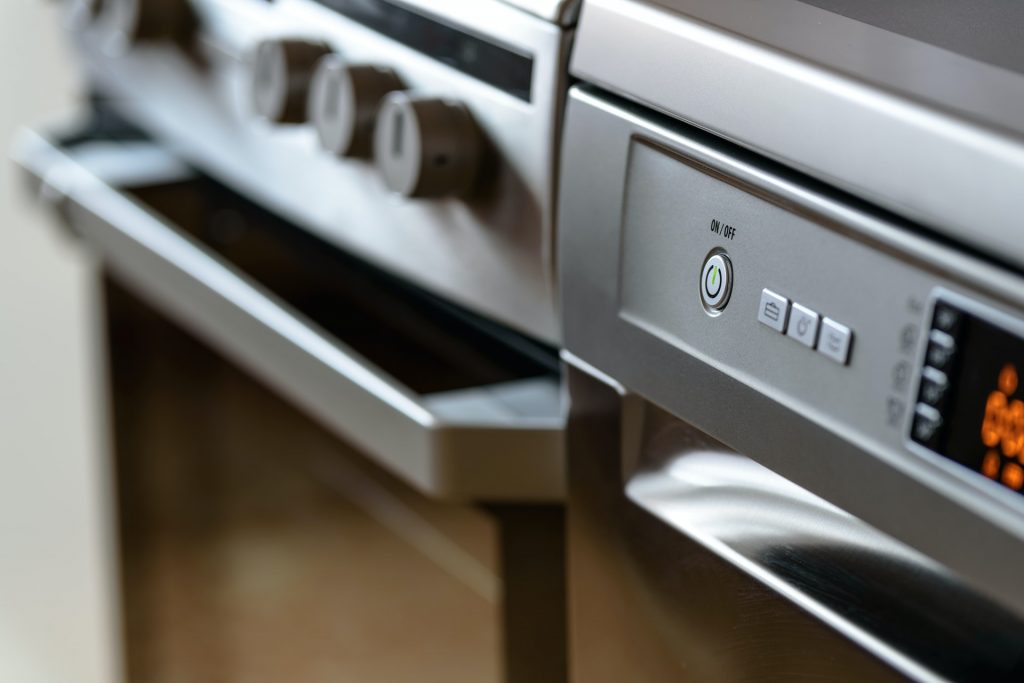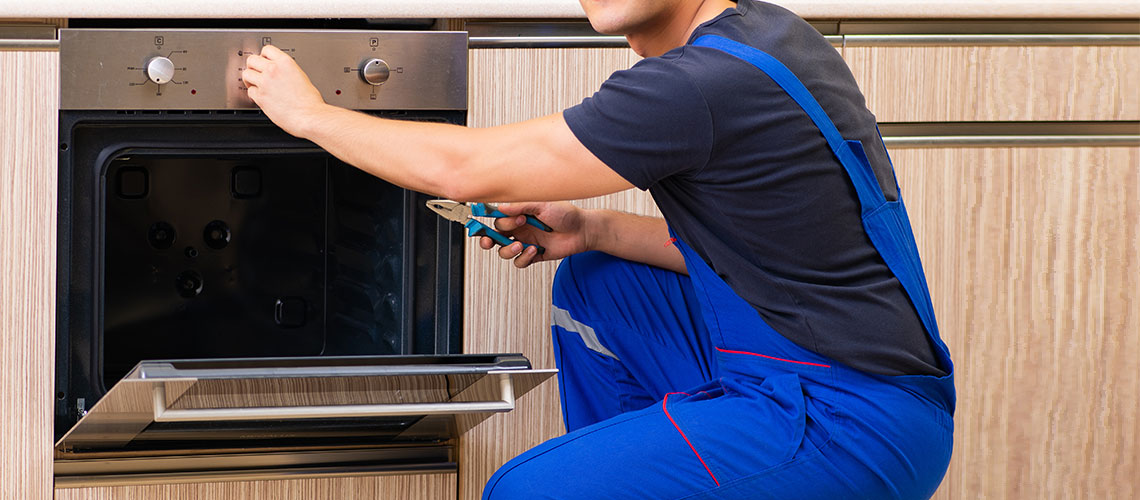MICROWAVE SPARKING: PROBLEM AND RESOLUTION
Internal microwave sparking is typical and doesn’t signal that your microwave has failed. When a microwave goes off, most people freak out. But you shouldn’t have to panic in this case. You need to turn off your microwave and complete the appropriate examination right away. If you can’t fix the problem on your own, Appliance repair experts in Coventry may assist you with any microwave sparking problems or you just call oven repair near me.
The following are some of the possible causes of sparking and arcing inside microwaves:
A metal scarp inside your microwave
A little metal piece is all it takes to start a fire in your microwave. For example, you may have used steel wool to clean the microwave and left some metal scrap behind. Also, the meal you’re heating may have a foil covering that catches fire. There’s a reasonable risk you’ll spark if your heating dish isn’t microwaving safe. Before cooking food in your microwave, make sure there are no metal scraps and that the heating plate is microwave safe.
A damaged waveguide cover
Over the magnetron, a waveguide cover communicates or channels heat waves to the core region where food is kept. The waveguide cover also keeps food particles and bugs out of the magnetron.
It’s typical for food particles and grease to exit the food while cooking and attach to the waveguide. The heat released by the magnetron burns the attached food particles, giving us the appearance of a spark. This spark harms the waveguide cover. Frequent sparks are caused by a broken or shorted waveguide cover. As a result, the answer is to replace the burned waveguide cover.
Stirrer with a Flaw
The stirrer ensures that all of the food in the microwave cooks up evenly. Sparking and burning might occur if the stirrer in your microwave isn’t working correctly and the energy is concentrated in one location. Two leading causes for the stirrer to quit working are a damaged belt or a broken driving motor.
A defective diode
A microwave diode is an essential component of your device that generates, mixes, detects, and switches microwave signals. They can be worn down or split in half as a result of their heavy use. This can result in sparks, and if the diode has shorted, symptoms such as a loud humming will be present. There’ll be no heat created and no humming noise if the diode is defective but not shorted. If a microwave’s diode fails, there may be visual evidence and a burning odor. If your appliance experiences either of these problems, a microwave diode will need to be changed by a specialist.

WHAT ARE THE BEST WAYS TO MEND A SPARKED MICROWAVE?
If your microwave oven begins to exhibit signs of anomalies, you must address the problems as soon as possible to bypass any potential disruption.
The following are the most effective microwave solutions.
An issue with a high-voltage diode
A problem with the high voltage diode could be one of the causes of a sparking microwave. The high-voltage diode will likely open or be short. The diode works alongside the capacitor and the magnetron to create microwave heat for cooking or heating food.
If you want to double-check or confirm this, unplug the microwave first, then remove the cabinet. After that, you must discharge the high voltage capacitor to avoid receiving an electric shock. Now use a multimeter to check the high voltage diode’s continuity. The multimeter indicates low resistance in one direction and high resistance in the other in a working diode. If the diode has no continuity or has low resistance in both directions, it may need to be replaced by a technician.
There’s an issue with the stirrer
The stirrer is another microwave component that ensures equal heating throughout the unit by equally distributing the energy. However, if the stirrer isn’t working correctly, the power may be concentrated in a single region, resulting in sparking or burning. A broken stirrer belt or a broken drive motor are the two most common reasons for a stirrer not working correctly. You can hire professional oven repair near me services to figure out which of these is the problem. Replace the broken element so that the stirrer may resume regular operation, and you can prevent sparking.
Inside the microwave, there is metal scrap
The presence of a metal fragment could also be a cause of sparking within the microwave. Using foil inside the microwave, for example, could cause sparking; if you just cleaned the equipment with steel wool, some metal from the wool may have remained and could be creating the problem, and so on. As a result, be sure that no metal fragments or scraps stay on the equipment.
If you cannot resolve the issue on your own, professional oven repair services in Coventry can assist you with any microwave sparking problems.

